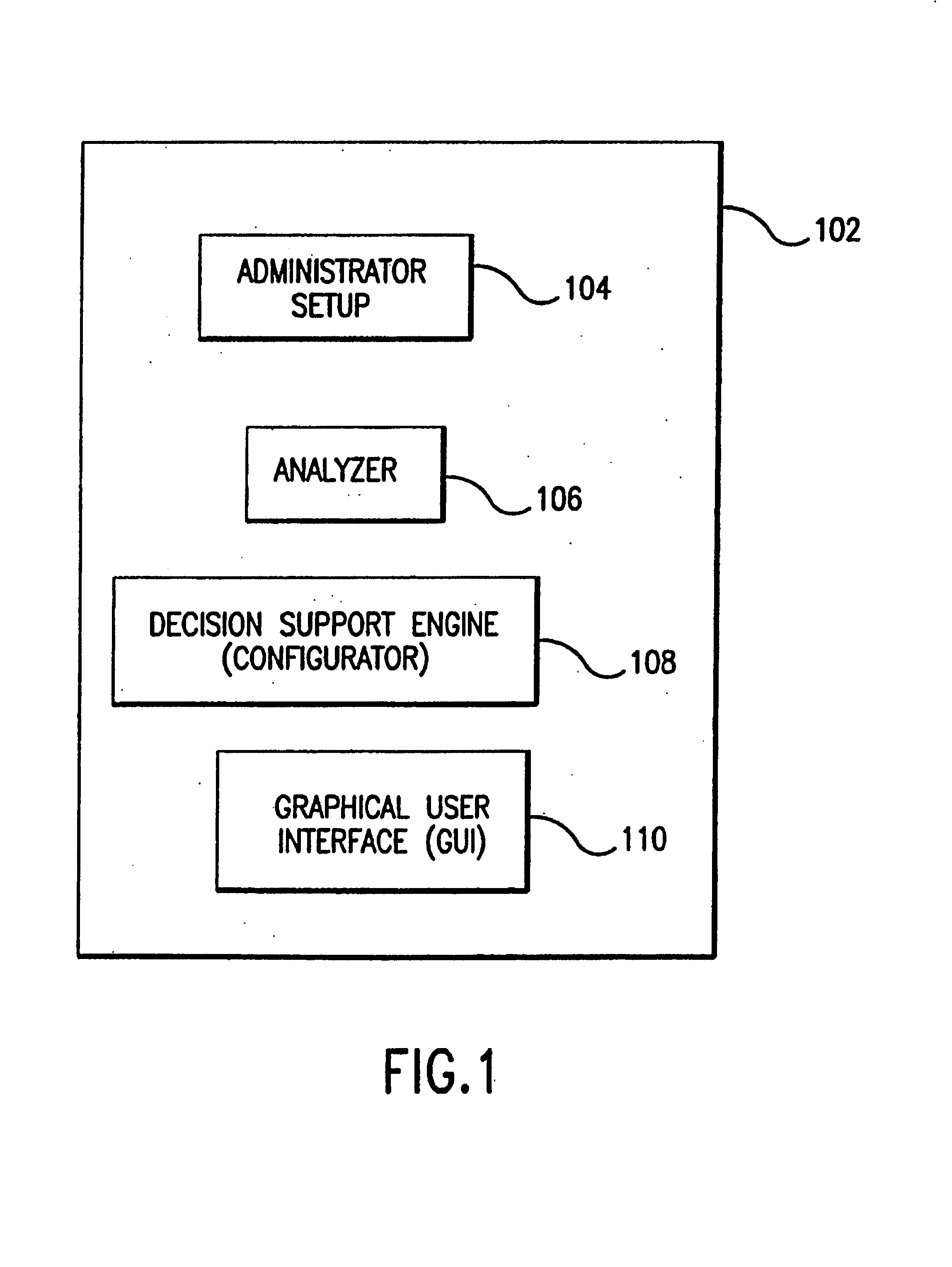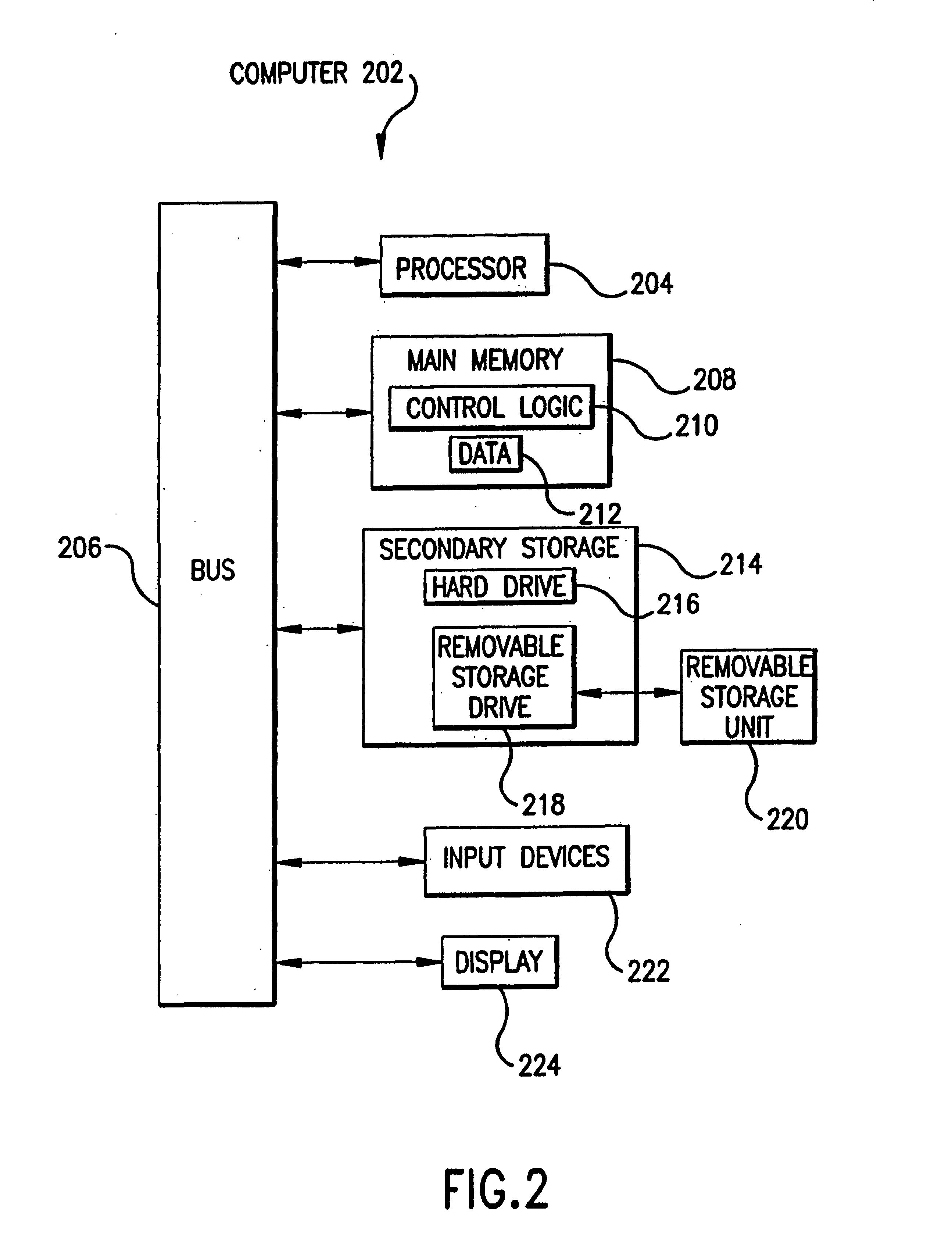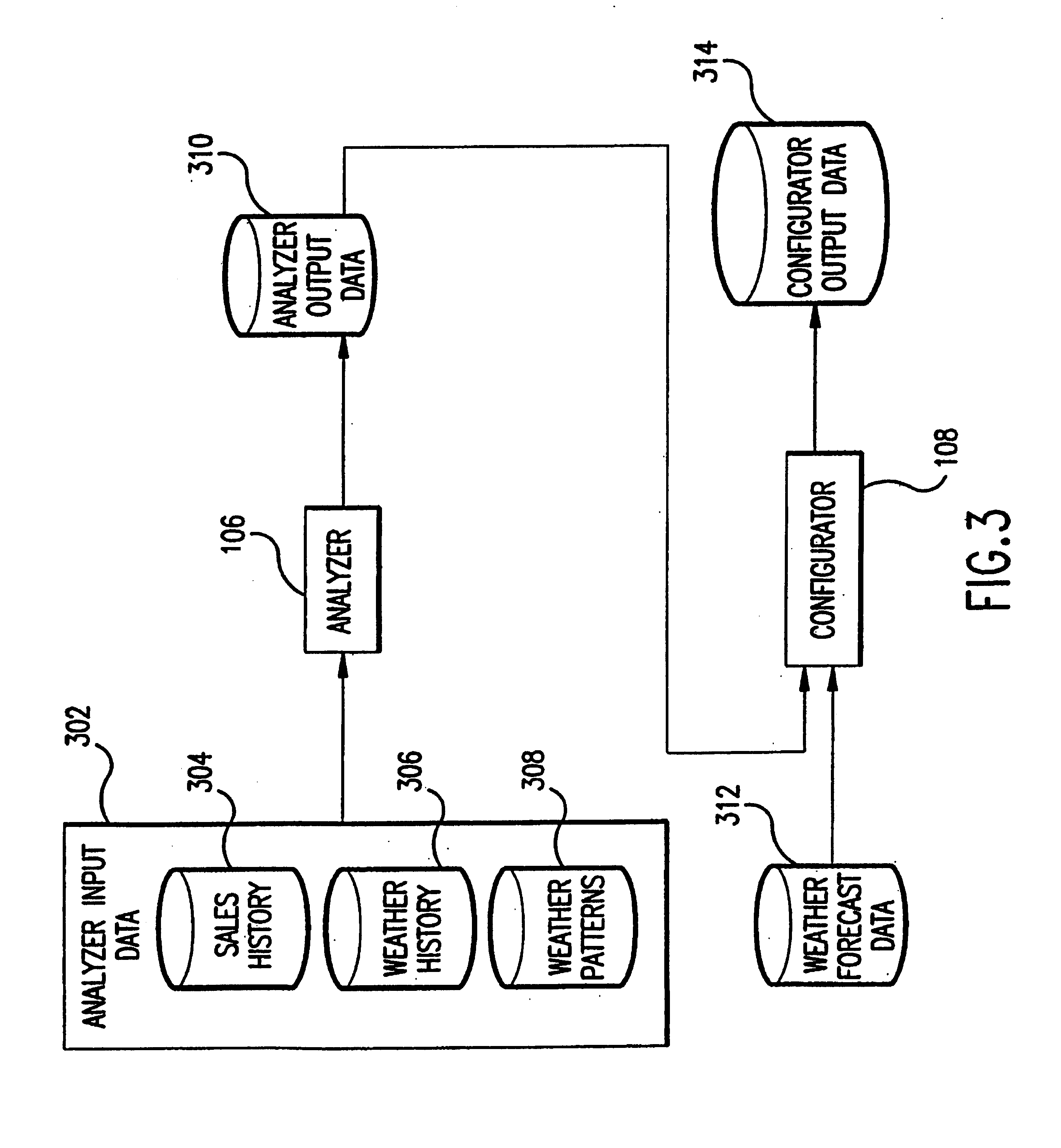Another result was a shifting of supply sources.
The period from 1975 to 1980 was marked by disillusionment and complexity in the retail industry.
With their increased size, retailers became increasingly unable to manage and analyze the information flowing into their organizations.
External factors impacting the retail industry include, for example, adverse or favorable weather, rising labor costs, increasing property costs, increased competition, economics, increasing cost of capital, increasing
consumer awareness, increasing distribution costs, changing
demographics and zero
population growth, decreasing labor
pool, and flat to diminishing
per capita income.
The above external and industry factors have added to a retailer's burdens of maintaining the productivity of these assets.
However, the use of mainframes typically requires the expense of a large MIS department to process data requests.
There is also an inherent
delay from the time of a
data request to the time of the actual execution.
This structure prevented MIS systems from becoming cost effective for use by executives in making daily decisions, who are typically not computer specialists and thus rely on data requests to MIS specialists.
However, these events are less frequent than regional or local aberrations.
Because actual daily occurrences fluctuate around the long term “normal” or “average” trend line (in
meteorology, normal is typically based on a 30 year average), past historical averages can be a very poor predictor of future weather on a given day and time at any specific location.
Since the
impact of local weather anomalies can be diluted when aggregated to the national levels (sharp local sales fluctuations due to weather tend to average out when aggregated into national numbers), the
impact of weather has not received much scrutiny relative to national planning and forecasting.
Weather also influences store traffic which, in turn, often impacts sales of all goods.
Weather can influence the timing and intensity of markdowns, and can create
stockout situations which replenishment cycles can not address due to the inherent
time lag of many replenishment approaches.
The combination of lost sales due to stockouts and markdowns required to move slow inventory are enormous hidden costs, both in terms of lost income and opportunity costs.
The cash and opportunity costs in the aggregate are enormous.
Though the majority of retailers acknowledge the effects of weather, many do not consider weather as a problem per se, considering it as a completely uncontrollable part of the external environment.
However, the underlying problem is essentially one of prediction of the future; i.e., developing a predictive model.
Hence, many conventional predictive modeling processes have been developed, none of which adequately address the
impact of weather.
This approach creates large working capital needs to support such a large inventory.
This procedure, if used by decision makers, is very subjective and does not evaluate weather in a predictive sense.
Nor does it quantify the effect of past and future weather on
consumer demands.
This approach does not utilize forecasted weather as a parameter, which can vary considerably from any given time period from year to year for a given area.
This information cannot be quantified or easily integrated into an MIS-based planning
system which is geared toward a daily or weekly time increment for specific location and time.
In summary, the above conventional solutions to weather planning problems in retail all suffer from one or several deficiencies which severely limit their commercial value, by not providing: (1) regional and / or local specificity in measuring past weather impact and projecting future weather impact, (2) the daily, weekly, and monthly increment of planning and forecasting required in the retail industry, (3) ample forecast leadtime required by such planning applications as buying, advertising, promotion, distribution, financial budgeting, labor scheduling, and store
traffic analysis, (4) the quantification of weather impact required for precise planning applications such as unit buying and unit distribution, financial budget forecasting, and labor scheduling, (5) reliability beyond a 3 to 5 day leadtime, (6) a predictive weather
impact model, which links quantitative weather
impact measurement through historical correlation, with quantitative forecasts, (7) the ability to remove historical weather effects from past retail sales for use as a baseline in sales forecasting, (8) an entirely electronic, computerized, EIS implementation for ease of
data retrieval / analysis with specific functions that solve specific managerial planning applications, and (9) a
graphical user interface representing a predictive model in graphs, formats, and charts immediately useful to the specific managerial applications.
Instead, weather impacts all aspects of human endeavor.
 Login to View More
Login to View More  Login to View More
Login to View More 


